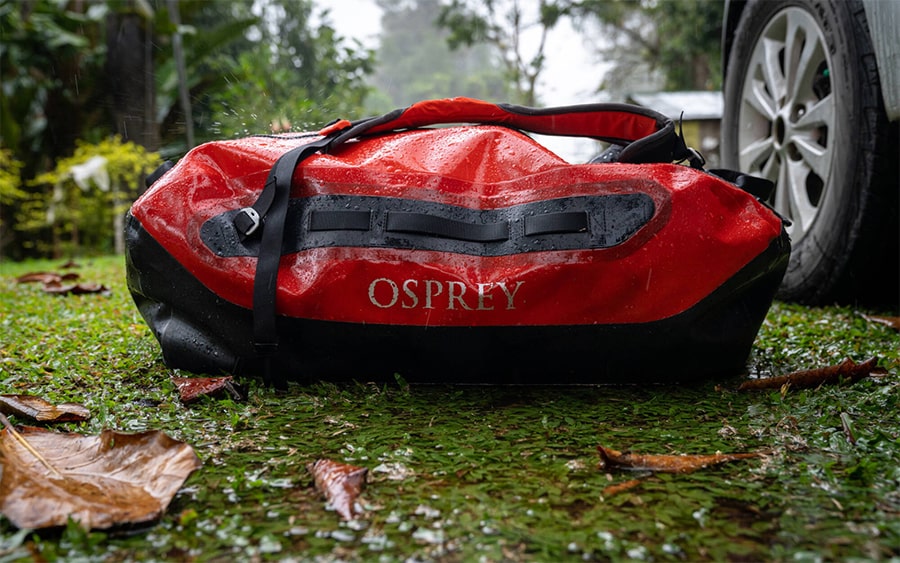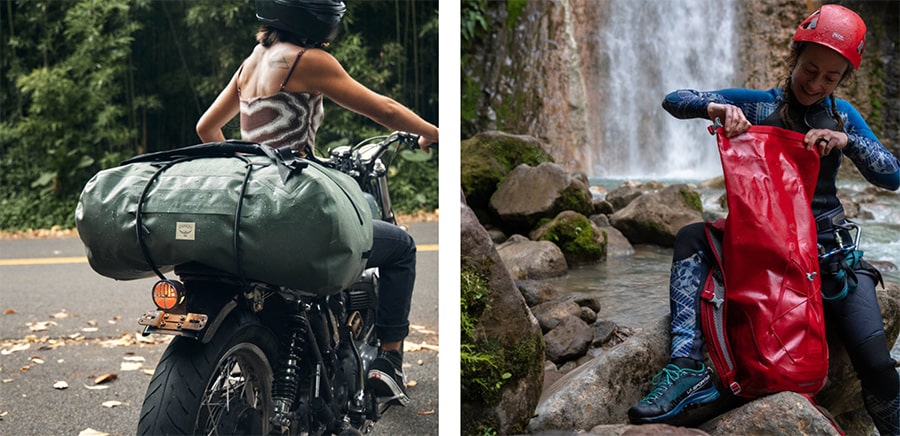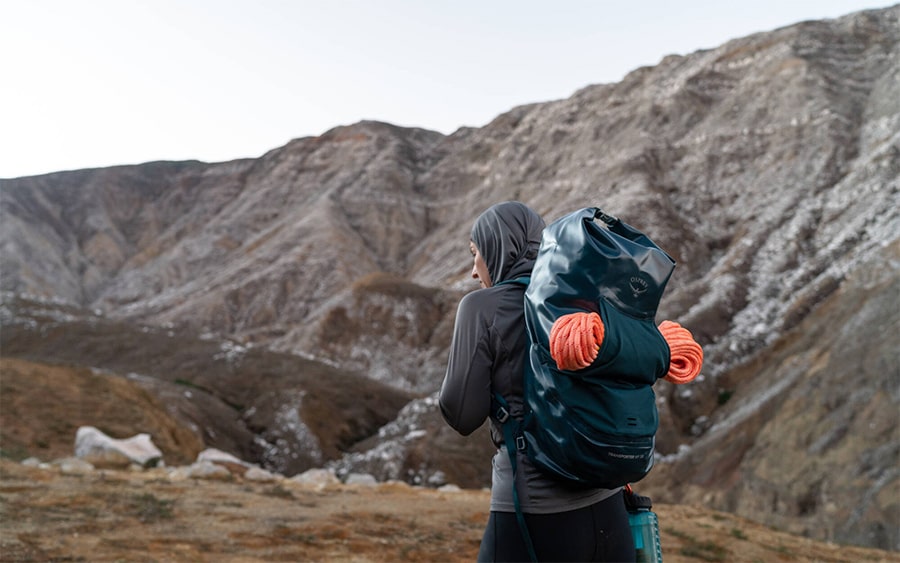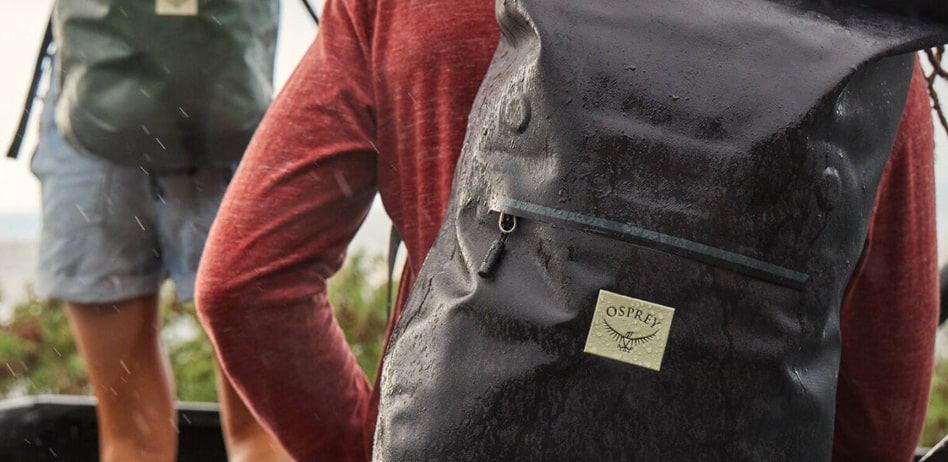Guides: IPX Waterproof Ratings Explained
Whether you’re hiking through a downpour or exploring by river, having a waterproof bag can make all the difference in keeping your belongings dry and protected. However, with so many waterproof options available, it can be confusing to understand what level of protection each pack offers. This is where IPX waterproof ratings come in.
In this post, we’ll explain the basics of IPX waterproof ratings and what they tell you about a product’s water resistance.

What is an IPX waterproof rating?
An IPX waterproof rating is a standard that measures a product’s ability to resist water. The rating given to a product is expressed as “IPX” followed by a number, with higher numbers indicating greater water resistance.
The rating system is based on the International Protection Marking (IP Code), which is a globally recognised standard used to classify and rate the degree of protection against water provided by a product. To give a rating, each product undergoes a series of tests by an independent company that determine how much water it can withstand before it starts to leak. The tests involve spraying the product with water at varying pressures and angles for a set amount of time.

What do the different IPX ratings mean?
There are several different IPX ratings, each indicating a different level of water resistance. Here are the most common ratings to look out for:
IPX3: Protection against sprays of water at an angle up to 60 degrees.
IPX4: Protection against splashes of water from any direction.
IPX5: Protection against low-pressure water jets from any direction.
IPX6: Protection against powerful water jets from any direction.
IPX7: Protection against immersion in water up to 1 metre deep for up to 30 minutes.
IPX8: Protection against the effects of continuous submersion in water.


How can you use IPX ratings when choosing a pack?
When shopping for a dry bag, backpack or duffel that needs to provide waterproof or water-resistant protection, the IPX rating will help you determine how well it will perform under water exposure.
For example, if you’re looking for a waterproof duffel to carry on board your kayak or you’re going river rafting, you’ll want to look for a rating of IPX7 or above to ensure it can handle immersion in water.
If you’re going fishing, cycling, wild water swimming or any other outdoor activity where your gear is likely to get wet from water splash (for example, a rainy commute), we’d recommend a dry bag, drysack, backpack or duffel with an IPX5 or IPX6 waterproof rating to keep your important items and electronics dry and protected from water damage. And finally, if you’re heading to the beach and need a splashproof bag to gear keep safe we’d recommend a backpack with at least an IPX4 waterproof rating.

What are the benefits of investing in a waterproof pack for outdoor and everyday use?
A waterproof pack can be used in a variety of settings, whether you’re on the water or simply commuting to work on a rainy day. Having a pack that can withstand water exposure opens new possibilities for outdoor activities and ensures that your belongings stay dry no matter where you go.
Aside from the obvious protection from water damage that a waterproof pack provides, they are also made from high-quality, durable materials that can withstand harsh outdoor conditions. This makes them a smart investment for any outdoor enthusiast.
In conclusion, never let the fear of water keep you from your next great adventure. Pay attention to IPX ratings and you’ll be able to confidently select a pack that will keep your belongings safe and dry, no matter the conditions.
And remember, while IPX ratings provide valuable information about a pack’s resistance to water, also consider other factors such as overall quality, capacity, comfort and organisational features to ensure the pack meets your specific needs.

